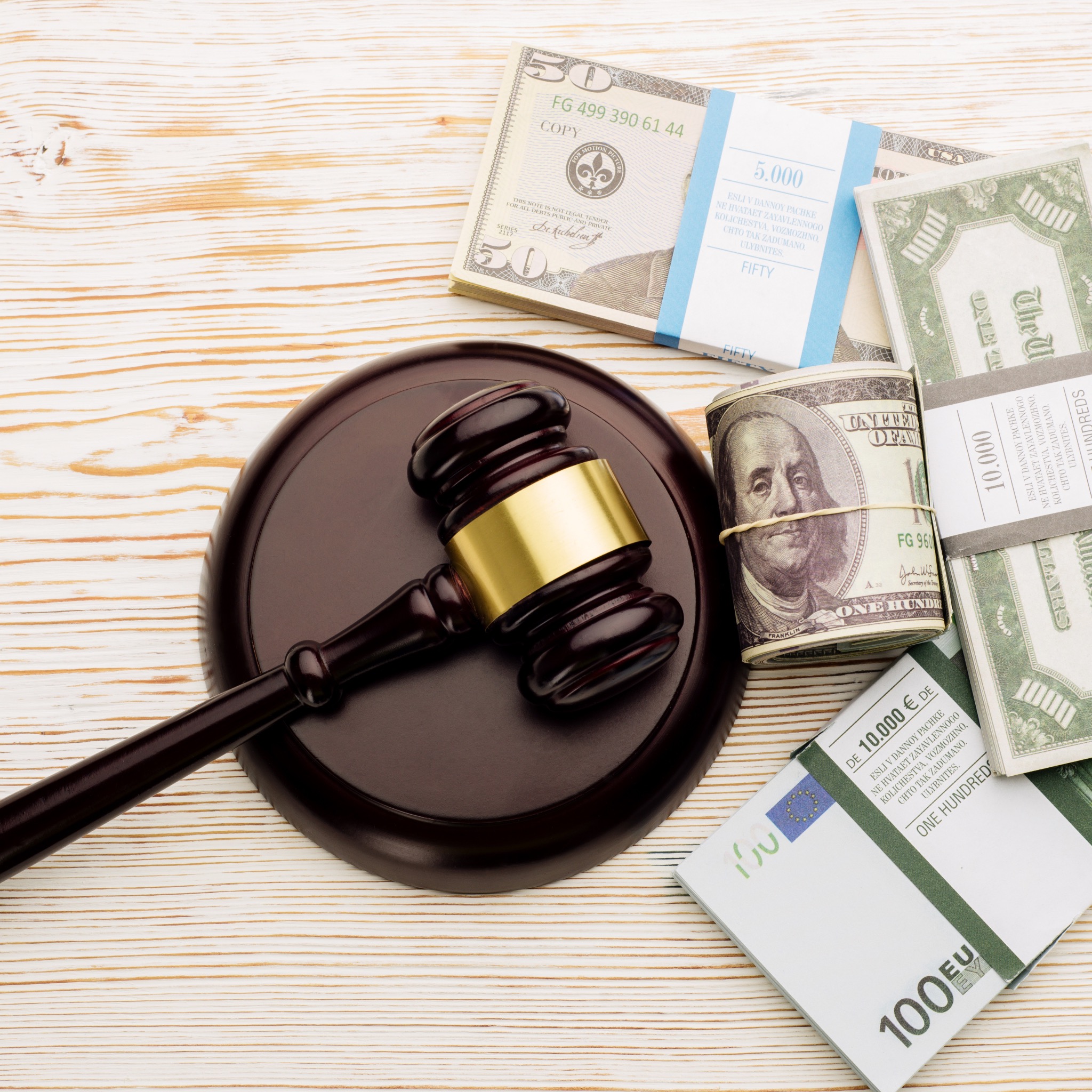As both a business owner and a business alike, the risk of bankruptcy can come out of nowhere. From being unable to pay your personal debts to being unable to pay your business-related debts, bankruptcy can be a scary and costly process. As such, it is pivotal for you to understand what type of bankruptcies are available to you and what their differences are.
What Is Bankruptcy?
Bankruptcy is the financial state of when a person or a business can no longer pay their debts and must liquidate their assets in order to pay off their debts and start anew. Bankruptcy affects thousands of people and businesses every year and can be hard to recover from.
What Is a Chapter 7 Bankruptcy?
Chapter 7, also known as liquidation or straight bankruptcy is the process in which a court-appointed trustee supervises the selling of your assets to pay off your creditors (those to whom you owe money). After the sale of all of your assets, any remaining debts that are not paid off (e.g., credit card debt or medical bills) are normally erased. However, a lot states protect some of your valuables from bankruptcy; for example, in Florida, even if you file under Chapter 7, the trustee cannot sell your home to pay off creditors.
Two terms are important for Chapter 7 and Chapter 13 discussions: Secured and Unsecured debt. Secured debt is money owed to creditors in the form of student loans, government taxes, child support, and alimony. Unsecured debt is money owed to creditors in the form of medical bills and credit cards.
What Is a Chapter 13 Bankruptcy?
Chapter 13 is similar to Chapter 7, however instead of forgiving your debts, you form a payment plan. The court normally approves a monthly payment plan so you can pay back a portion of your unsecured debt and all of your secured debt over a period of three to five years. The monthly payment amounts depend on your income and the amount of debt you have.
What Are the Main Differences Between Chapter 7 and Chapter 13?
Chapter 7 and Chapter 13 have many differences and it can be easy to confuse them sometimes. Here are some of the main differences between the two: (1) in Chapter 7, both individuals and businesses can file, however in Chapter 13 it is usually individuals (including those who are self-employed); (2) to be eligible for Chapter 7, your income must be below a certain level, depending on where you live (e.g., Florida’s monthly income limit is $3,493 or a 6-month total of $20,958) meanwhile for Chapter 13 there is no income requirement just a debt requirement that must be below a certain amount; (3) meanwhile Chapter 7 gets rid of all unsecured debt, Chapter 13 allows for most unsecured debt to be paid back over time through a repayment plan; (4) meanwhile for Chapter 7, nonexempt assets are sold to pay off secured debt, in Chapter 13, secured debt is paid back over time through a repayment plan, but the assets do not have to be sold; (5) meanwhile Chapter 7 does not stop foreclosure it does delay it, however in Chapter 13, foreclosure is stopped; (6) meanwhile Chapter 7 can take between 4-6 months to complete, Chapter 13 can take between 3-5 years; and finally (7) meanwhile a Chapter 7 bankruptcy stays on your credit report for 10 years, it can stay for up to 7 years under Chapter 13.









2 Responses
It’s great that you mentioned how it is pivotal to understand what types of bankruptcies are available and what their differences are. I was watching a talk show of a businessman earlier and they discussed quite a bit about bankruptcy. It sounded quite difficult, but on the bright side, there are specialists now like bankruptcy chapter 7 attorneys who could assist their clients.
Thank you for your comment. All too often we hear lawyers talk about “bankruptcy” without discussing the nuances and understanding that there are different kinds. Some companies are “bankrupt” in the colloquial sense, and are going to liquidate and go out of business. Some others are not “out of business,” but want to renegotiate with their creditors. This business could have no intention of failing. So it is key to understand that there are different paths, strategies, and goals.